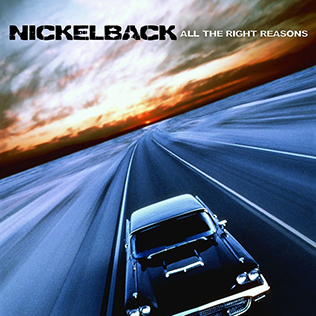
The first camera I remember being able to call my own was a little black and silver plastic cased Kodak I got when I was six or seven. It had two levers - one I pushed down to take a picture and the other I slid to the side to advance the 110 film cartridge. No batteries, no focus button, no light meter - and no instant gratification. After clicking off all 12 shots on the roll, Mom or Dad drove me to the CB Base Exchange where I dropped it off. In ten to fourteen days, developed pictures came back and I was finally able to see the scene composed in the camera's tiny viewfinder.
When we got a Polaroid SX-70 Land Camera, I thought we were as futuristic as the Jetsons. Beautifully designed, it could collapse down to a tiny slim box, making it less unwieldy when scouting out the next photo op. The focus button and rudimentary exposure dial gave a new but basic level of control over my shots. The greatest thing about this camera, of course, was the instant gratification. Load a film cartridge, focus on your subject, and push the little red button. Like magic, and with a soft mechanical whir, a white bordered square was ejected that slowly revealed the shot I'd just taken seconds earlier.
Dad eventually gifted me his Pentax SLR he acquired when he was still in the Navy. This beauty was full manual everything. I could finally control speed, focus, and exposure and really craft some great shots. The only downside was the expense. Film and processing were not cheap, especially for a high school kid trying to keep gas in his V8 Mustang.
Today's youth with smartphones will never realize this struggle. The ease and speed with which one can whip out a phone, take a dozen snapshots of their lunch, and share them literally with the world is astounding. The result is today's young people have their entire high school lives extensively documented pictorially on countless phones and online repositories.
For my generation, we have to be satisfied with a few, intentional pictures of key moments. The rarity of these physical mementos makes them more precious. The nostalgia of handling an actual photo of a long-ago event is more visceral than swiping through a collection on a phone.
Nickelback released "Photograph" in 2005 and it hit #1 on multiple charts. Lead singer, Chad Kroeger, recounted how the song was a walk down memory lane in an interview.
"It's just nostalgia, growing up in a small town, and you can't go back to your childhood. Saying goodbye to friends that you've drifted away from, where you grew up, where you went to school, who you hung out with and the dumb stuff you used to do as a kid, the first love — all of those things."
While the expense of the hobby made me very judicious with every shot, the end result was a lot of these shots were "keepers". Today, they're all tucked safely away in albums or in storage boxes, and I'll periodically go through them just as Kroeger does in the song and let the nostalgia wash over me.
As a postscript, Hurricane Katrina swept away more than just the family homes of many of my classmates. Rising waters also carried off memories as albums and yearbooks were lost to the storm. I'd encourage my fellow Bearcats to post high school pictures to the multiple online forums available to help heal this collective memory loss. I'll get the ball rolling and post these pics of some freshly minted graduates of the Class of '87 somewhere on the Florida panhandle. I'm pretty sure we've passed the statute of limitations on underage drinking by now.





No comments:
Post a Comment